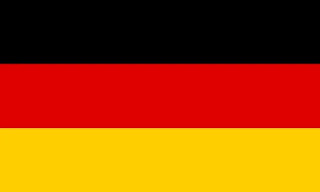Historical Facts: American and Japanese Rule in the Philippines
This was based on Reader's Digest: The Story of the Filipino People - Parts 6 and 7 ( Under the Stars and Stripes and The Japanese Occupation ) by Milagros C. Guerrero and Ricardo T. Jose. Now that I think about it, I would call the Spanish occupation "the first storm," the American occupation "the second storm," and the Japanese occupation "the third storm." The "between the storm" parts would be 1898 - 1901 and 1935 - 1941. Part 1 - The Second Storm (1901 - 1935) After the Philippine-American War, the United States turned the Philippines into a colony. They gained it in the Treaty of Paris along with Puerto Rico, Cuba, and some other islands. The Americans needed to keep it away from Spain, France, and Germany. Under Spanish rule, the Filipinos were taught Catholicism. But the Americans were mainly Methodist (a sect of Protestantism). American missionaries were sent to the Philippines, although most ...



.webp)